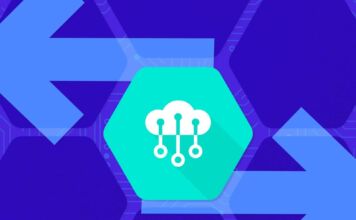
This post will cover various important sensors that are possibilities for an IoT deployment. Sensors are the backbone of any IoT deployment. They gather information and provide software with sensory information it needs to achieve its full potential.
In addition, this post will go over considerations and decision-making for selecting sensors in an IoT deployment. Often times, a single sensor is not the best implementation, a suite of sensors can gather more data and even affect behavior for other sensors. In many cases, more than one sensor is necessary to perform the IoT deployment’s function.
Sensor Overview
Sensors are just as critical to every IoT application as the internet. Imagine Alexa or Google Home without a microphone: it wouldn’t work. People wouldn’t be able to interact with the device, or it would need some other kind of sensor such as a keyboard to obtain input from a user. At the same time, the application dictates what kind of sensor is needed. A smart home device without a microphone wouldn’t be useful. Interacting with the device through voice allows for the user to be in many different places or partaking in another activity, like cooking, while still using the device. The sensors in an IoT application are the eyes, ears, and nose of software. Just like the organs that allow humans to interact with the world, sensors are the way software detects the physical world and interacts with it.
What Kind of Sensor Should I Use?
As alluded to in the introduction, the Applications determines what kind of sensor should be used. Trying to make a smart device to control the temperature? Use a thermometer. Trying to detect people approaching your house? A motion sensor could be used, but then what if a neighborhood cat constantly trips it, or a porch bandit nabs a package? The motion sensor wouldn’t give very actionable information. Whereas with a camera, the porch bandit would be recorded and the algorithm behind the camera could exclude cats. On the flip side, a camera controlling an automatic door would be overkill, and a motion sensor would suffice.
The sensor is an important choice because it determines other important decisions in the IoT stack. Cameras and microphones require lots of power and bandwidth to operate effectively, should use wifi, and have large batteries or an outlet. As opposed to this, motion sensors require little bandwidth and just standby power. GPS modules almost always have to be battery-powered or have their functionality be severely limited.
Sensors also play important parts in their relationships with each other. A GPS deployed with a battery won’t always be in a convenient spot to have that battery charged or replaced. In this case, the device can be augmented with an accelerometer. This way, the GPS only has to be on when the accelerometer detects that the device is moving. In addition to this, information can be incomplete unless there are multiple sensors collecting information. Weather is a combination of temperature, humidity, air pressure, and water sensors. More information can be added like wind speed for more predictive analytics. Sometimes the same sensors work in conjunction with one another. For example, barometers, which measure air pressure, are often used to measure altitude. However, air pressure is affected by the weather, so another sensor is necessary to receive a reference air pressure at a known altitude.
Conclusion
Sensors are critical to IoT deployments, they are software’s equivalent to our eyes and ears. In some cases, an IoT deployment is entirely limited by the sensors that are employed. The IoT deployment dictates which sensor is the best to choose and then the sensor dictates other hardware and software choices.




 Contact Company
Contact Company





 Latest IoT News
Latest IoT News







